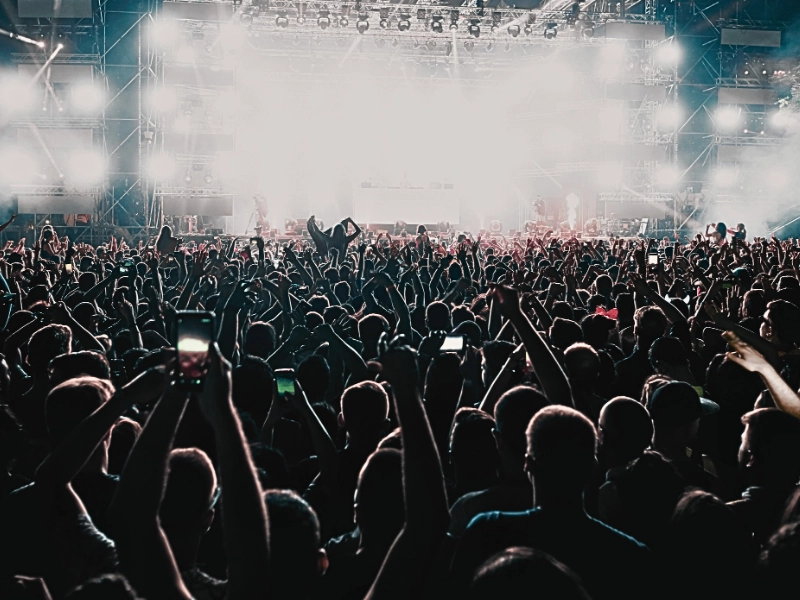Although DNA evidence relies on science to identify the criminal, accuracy still depends on people correctly gathering and storing the items and human interpretation of that data. Contamination or biased results can cause the wrong person to be convicted.
DNA testing led to its first conviction in a U.S. courtroom in the late 1980s. Because there is a limited probability of more than one match, it is difficult for a jury to find reasonable doubt when DNA evidence is presented. In a 2005 Gallup Poll, nearly 1 in 8 Americans felt that DNA evidence was either completely or very reliable.
(Article continues below infographic)
Table of Contents
Is DNA infallible?
DNA has become such an important tool in crime fighting because people leave behind trace amounts all the time through skins cells, hair, saliva, blood, semen, skin, sweat, and mucus. But many things can contaminate DNA evidence, from the way it is lifted from a crime scene to moisture within the enclosed evidence bag to the temperature in the bag itself.
When DNA is analyzed, crime labs look at it through an electropherogram, focusing on 13 places, called loci, plus a 14th that expresses gender. Each of those loci houses two alleles, each inherited from a parent. The visual display through the electropherogram looks like spikes. Relatives might share half or more of the same markers, but complete strangers can also share a large number of markers.
DNA is often analyzed at forensic laboratories associated with law enforcement or the district attorney’s office. This can introduce bias because the firm conducting the DNA analysis can be led by the investigators to ignore information that could lead to reasonable doubt on the identity. And because it is easy to leave DNA behind, it is rare that analysts are dealing with evidence that contains only one person’s DNA.
In one case that demonstrates how easily DNA can be left at a crime scene, paramedics didn’t clean an oxygen-monitoring probe between calls. This resulted in a man who was lying unconscious in a hospital bed—after having been taken there by ambulance—to be accused of murder because the same paramedics had responded to the crime scene and used the same oxygen-monitoring probe on the victim’s finger.






